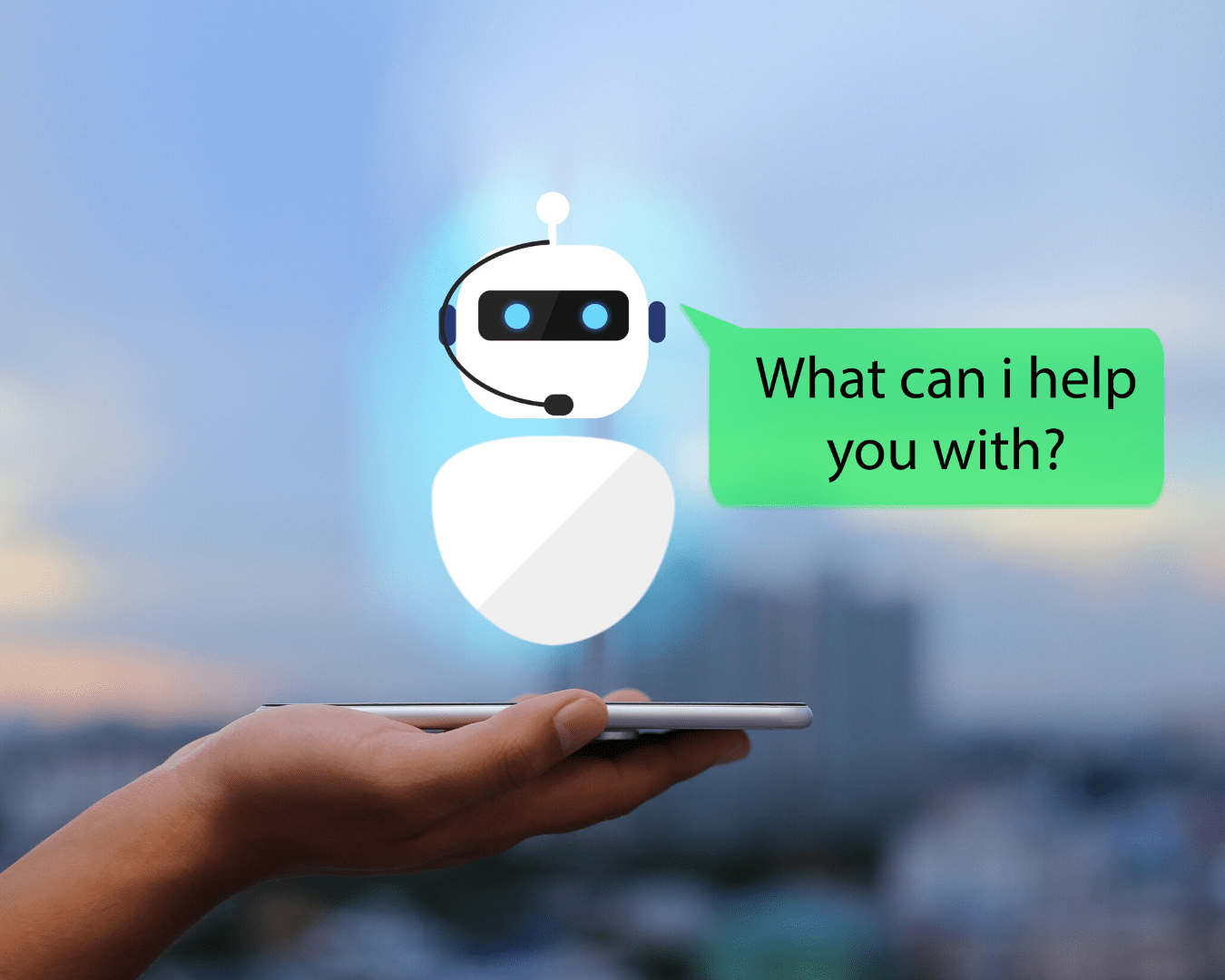Five Common Mistakes When Using AI for Customer Service

Artificial intelligence (AI) has been gaining popularity in recent years, and businesses across industries have started looking for ways to apply it to their operations, including manufacturing businesses.
One common use for artificial intelligence is customer service. Natural language processing (NLP) allows AI chatbots to converse with customers online, analyzing previous interactions and customer data to make recommendations, answer questions and direct users to the information they need.
If you’re hoping to improve your company’s customer service, artificial intelligence is an option to consider. However, implementing AI can be challenging, and scrapping a failed project could be costly. Here are five common mistakes to avoid to help ensure a successful AI customer experience.
1. Replacing Your Customer Service Team
The first thing you should know about customer service chatbots and other forms of AI is that they are not replacements for human workers.
Although AI can interact with customers directly and resolve some customer problems, they may not have the ability to understand more complex complaints and inquiries. Furthermore, actual customer service representatives provide something AI cannot — a human connection. Your customer service team helps build rapport with clients in addition to answering their questions.
As you outline your AI strategy, plan to keep your customer service team on board. You should not use AI as a substitute for live support. Instead, think about artificial intelligence as a tool to support your team.
2. Keeping AI and Human Agents Separate
Many companies fail to reach their goals because they keep AI separate from the rest of their customer service department. Your chatbot may not always know how to help customers with certain problems. In this scenario, you need a method in place to transfer the interaction to a human agent. If you don’t have a strategy for escalation, you risk frustrating your customers and losing their business.
You can also set yourself up for success by ensuring any information collected by the chatbot gets transferred to a human representative when necessary. This prevents customers from having to repeat themselves.
3. Allocating Insufficient Resources
Developing true artificial intelligence takes time and resources. If you don’t invest enough in the project, the final product may not perform as well as you need it to. You can get your AI project off to a good start by staffing in-house data scientists with the knowledge necessary to train the bot using customer activity that’s already occurring.
4. Having Unrealistic Expectations
Whether due to marketing or messages absorbed from science fiction, many people have an unrealistic idea about what today’s artificial intelligence can accomplish. AI customer service tools are powerful, but they cannot solve every problem your company or your customers may have.
To avoid disappointment, it’s a good idea to do your research ahead of time and make sure the AI solution you’re considering can actually meet your goals.
5. Adopting Just Because You Think You Should
Any new technology comes with a wave of companies eager to jump on the bandwagon. However, you shouldn’t implement AI customer service tools just because everyone else has done so. Think about why you want to adopt artificial intelligence. If there’s a simpler solution to the problem you’re having, consider trying it first to save time and money.
Avoid AI Pitfalls and Improve the Customer Experience
Great customer support helps your manufacturing business retain clients and gain new ones. When implemented carefully, artificial intelligence can help your customer service team to work more efficiently and deliver better results. For more information about the technology transforming the manufacturing industry, subscribe to the Global Electronic Services blog today.